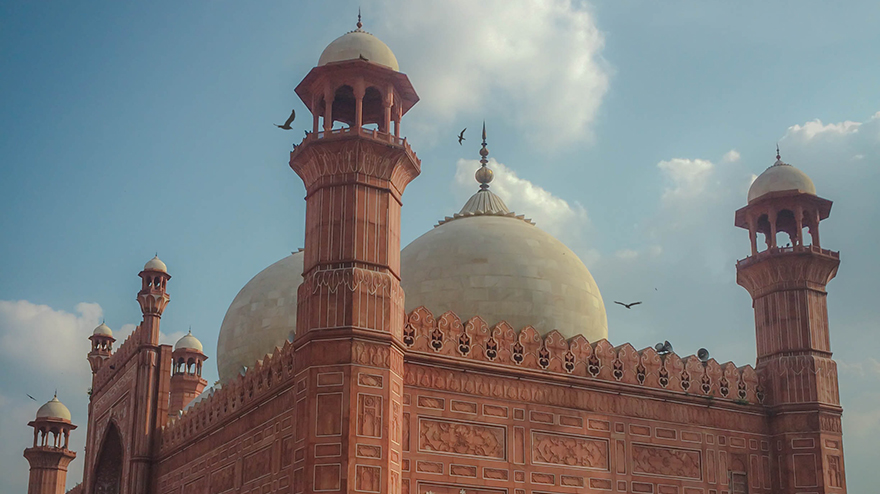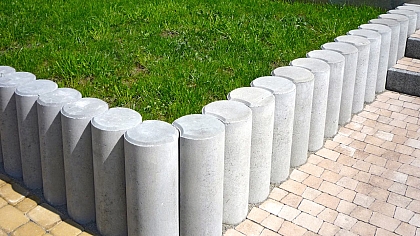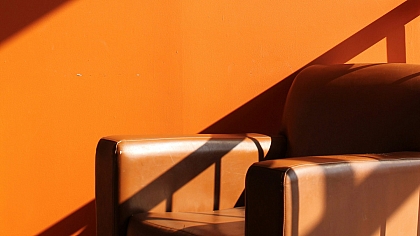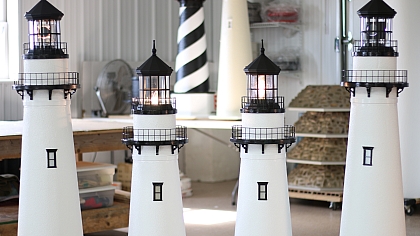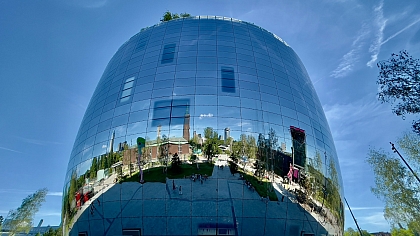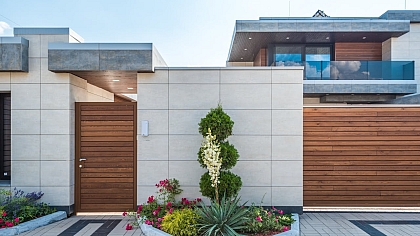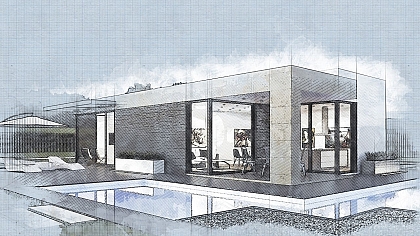
Remarkable Architecture of Badshahi Mosque, Pakistan
On my trip to Pakistan this time, I planned a visit to one of the historic places in the walled city of Lahore, the historic cultural centre of Punjab. Lahore is an old city in Pakistan, with masterpieces of traditional architecture.
It was around the end of summer and winter was near. It was all quite pleasant and comfortable and a perfect time for an amazing trip to a historic monument.
I with my family prepared our snacks and started our journey in our old 2012 model Civic. We were all very excited.
After driving for around forty-five minutes, we arrived at the place. We parked our car and walked toward the mosque complex. Badshahi Mosque is one of the largest mosques in the world and is located opposite the Alamgiri gate of Lahore Fort.
There is a rectangular garden called Hazuri Bagh between the mosque and Lahore Fort. The mosque is also next to the Roshnai Gate of the walled city. The tomb of Allama Iqbal, the national poet of Pakistan, also lies within this garden complex.
Badshahi Mosque is a masterpiece of Lahore. It was commissioned by Shah Jahan’s son Emperor Aurangzeb in 1671. Aurangzeb Alamgir was the sixth Mughal emperor who ruled over the Indian subcontinent for many years. He was not so passionate about art and architecture, he emphasized varied military expeditions. This mosque was constructed to commemorate his military victories in the Indian subcontinent. It was the largest Mughal-era mosque.
Mughal Architecture
When we reached the main entrance of the mosque, we were welcomed by a magnificent and massive gateway, decorated with carved red sandstone with marble inlay and muqarnas, an ornamental feature of Islamic architecture.
On the top of the entrance hallway, there lies a small museum with some historic stuff of Islamic importance. We spent some time there.
We reached the expansive courtyard enclosed by an arcade. It covers an area of 276,000 sq. ft. where 100,000 worshippers can pray. There is a large water fountain in the middle of the space.
As we entered the prayer hall, we felt a moment of peace. Adhaan was echoing through the whole atmosphere.
‘hayya ala-s-salah’. A muezzin was calling Muslims to prayer.
The prayer hall has a large central arch with five arches flanking it, and three domes including one bigger central dome. This hall can hold 10,000 worshippers.
Four tapering octagonal minarets finished with red sandstone are symmetrically placed at four corners of the mosque. There are four smaller minarets at each corner of the prayer hall. That interestingly provides balance and harmony. This magnificent Mughal-era mosque is embellished with carved white marble in a flowery design. It appeared like a jewel at night, when illuminated in the evening. We felt like we renewed our association with our religion Islam.

